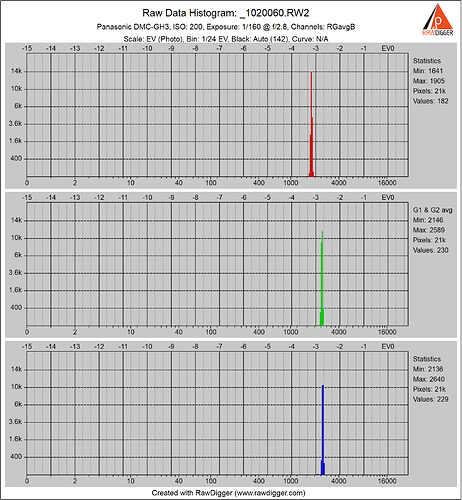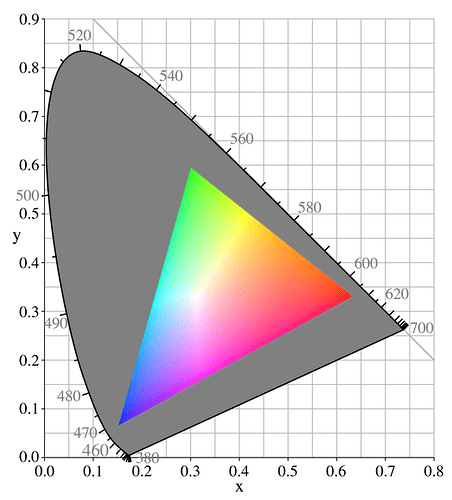do not play with definitions … you are not a toddler in a sandbox anymore
and what “color” exactly is a number written by a camera’s firmware for a specific sensel in your raw file ![]() ?
?
please finally learn color 101 - input devices DO NOT HAVE a GAMUT by defintion ( I know you don’t like definitions ) - output devices do or properly defined color spaces …
Also to capture something does not give you any one true idea what you captured - you can only arbitrary interpret that ( and interpretations can vary )
for example if I illuminate a sensel with a light of X nm wavelength (assume this will go through) for a while and then with a light of Y nm wavelength (assume this will go through) for another while and then readout will be a digital number Z - what did you capture ![]() ? at no point there was X+Y nm light in play …
? at no point there was X+Y nm light in play …
as I noted - try to compehend IR + UV range capture by a sensor for example… what color we are talking about exactly here ( or there ) ![]() ?
?
here we go again sensors do not provide colors ( but you are beyond repair )… arbitrary (sic ! because - like it or not - there was no one true color transform yet invented for any “camera” by anybody, not to mention a lot of other factors like lenses for example ) color transforms executed by raw converters do result in “colors” appearing after that - so wider gamut of color space into which we decide to assign the data certainly helps vs a smaller gamut if we decide that we want to map something (that is not yet a color) to a color ( coordinates in a proper color space ) outside of a smaller gamut …

